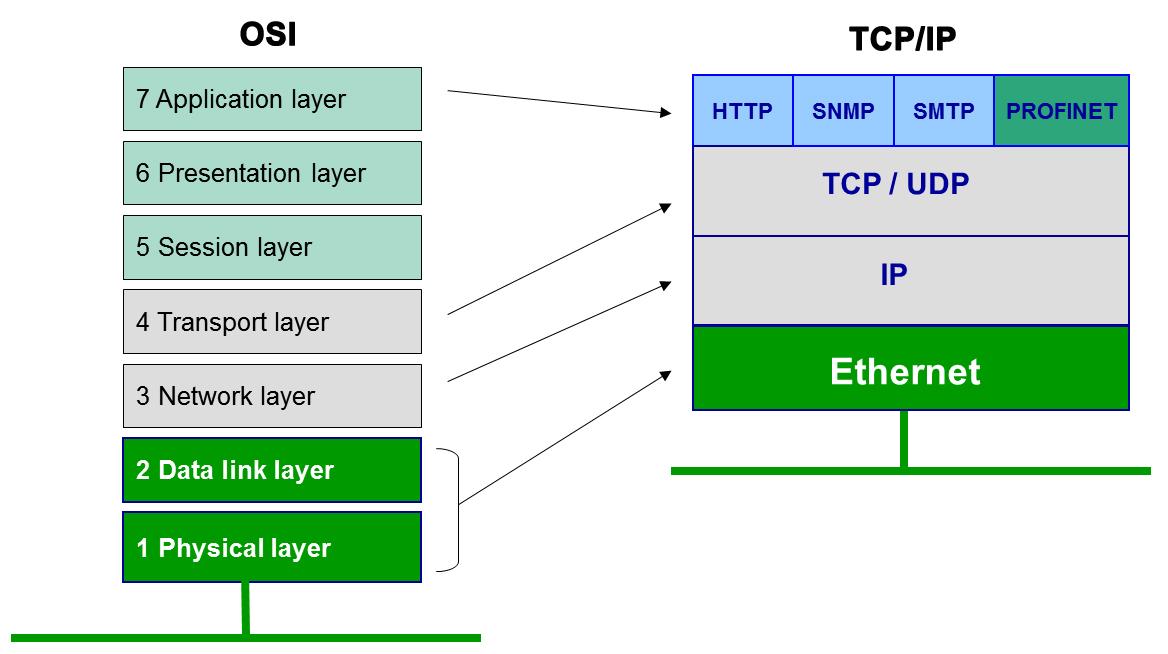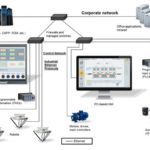Think of all the tasks that take place behind the scenes when you interact with a program or application — such as an internet browser or email client — on a computer network. For example, the data being exchanged must be disassembled into packets, which are then transmitted across the network and reassembled at the receiving end. And to make the communication fast and error-free, the system needs to determine the best route for the data, manage traffic (all the data traveling over the network), and perform checks to ensure the data packets arrived at their intended destination.
All these tasks — and more — are possible thanks to protocols that use a stacked set of instructions, referred to as “layers,” to define how hardware and software on the network interact to transmit and manage data
The first protocol — a product of research and development conducted by DARPA and introduced in the mid-1970s — was TCP/IP (Transmission Control Protocol/Internet Protocol). This protocol consists of four layers and underpins all internet applications. A newer, more general networking protocol is the OSI (Open Systems Interconnection) protocol, which includes seven functional layers and is defined in the standard ISO/IEC 7498-1:1994.
A brief description of the seven OSI protocol layers:

Image credit: PROFINET University
Application layer: The top, or application, layer facilitates the interaction between programs or applications and the network. Its functions include identifying communication partners and resource availability. It also describes the protocols for applications such as file transfer protocol (FTP), hypertext transfer protocol (HTTP), and mail services such as post office protocol (POP) and internet message access protocol (IMAP).
Presentation layer: This layer translates, or formats, the data between the application and the networking service, which includes data compression and encryption/decryption.
Session layer: The session layer manages communication sessions and ensures that information is continuously exchanged via back-and-forth transmissions between nodes.
Transport layer: This layer creates the connection between nodes and performs segmentation, acknowledgement, and troubleshooting.
Network layer: Data sent over a network is sent in segments known as packets. The network layer assembles (or disassembles) those packets of data and determines their route through the network, including addressing and traffic control functions.
Data link layer: This layer provides a link, or access, to the bus so data can be transmitted between two nodes connected by the physical layer.
Physical layer: The hardware that makes up the network is referred to as the physical layer. This layer transmits and receives the electrical signals (bits) that travel on the network.

The visualization of the OSI and TCP/IP protocols as “layers” shows how each layer depends on the layer below it and serves the layer above it.
When a user interacts with an application or program on a network, data is transferred to the top, or application, layer, which passes it “down” through the layers to the bottom, or physical, layer. The physical layer transmits the data to the physical layer on the receiving device or server, which passes the data “up” to the application layer on the receiving device.
Many industrial networks are built on the TCP/IP protocol with a proprietary application layer. EtherNet/IP, Modbus TCP, and PROFINET, for example, use standard Ethernet hardware (physical and data link layer) and standard internet protocols (networking and transport layers), but incorporate a proprietary application layer.







Leave a Reply
You must be logged in to post a comment.